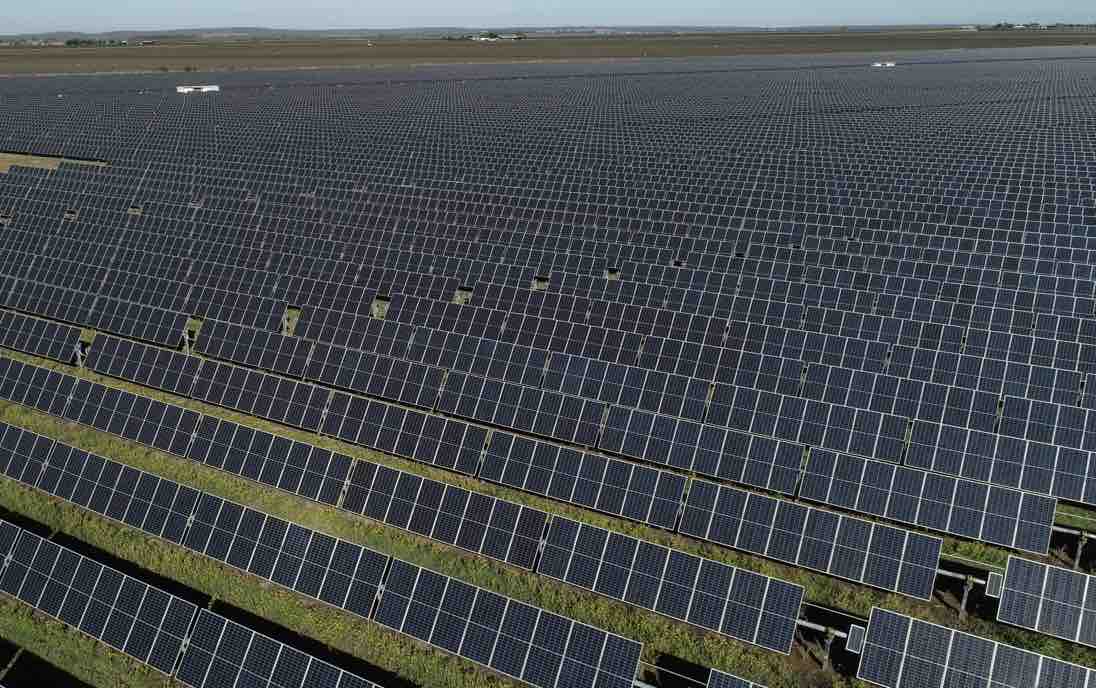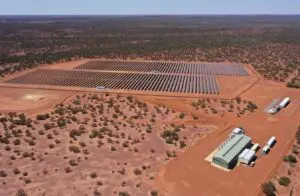Australian telecommunications giant Telstra says it is on track to reach the renewable energy generation equivalent of 100% of its consumption by 2025 thanks to a new power purchase agreement (PPA) announced today with a solar farm to be constructed near Bundaberg, Queensland.
Telstra announced Thursday that it has signed a PPA with developer Global Power Generation (GPG) for electricity generated from the Bundaberg solar farm that is set to begin operations in late-2025.
The PPA for 153GWh of renewable energy each year will take Telstra’s contracted renewable energy generation equivalent to 100% of its consumption by 2025, helping the company meet one of its three major climate goals.
Telstra already has PPAs with the Emerald Solar Park, MacIntyre Wind Farm, and Munna Creek Solar Farm, all in Queensland, as well as the Murra Warra Wind Farm in Victoria and Stage 3 of the Crookwell Wind Farm in New South Wales.
Combined, Telstra says its investments in renewable energy projects have amounted to support for more than $1.2 billion worth of projects which will generate 1.3TWh by 2025, enough electricity to power the equivalent of 200,000 homes and avoid 750,000 tonnes of emissions each year.
The PPAs Telstra has signed will also help support nearly 1,300 local jobs during the construction phase of development and 60 ongoing jobs for regional communities.
“Once these projects are fully up and running, our share of their renewable energy output will be equivalent to our own electricity consumption,” said Vicki Brady, Telstra CEO.
“Investments like these also help boost regional employment, with this project expected to create over 100 jobs during the 12-18 months construction phase.”
In addition to matching its electricity consumption with renewable energy, Telstra is also committing to achieve a reduction in its absolute greenhouse gas emissions of at least 50% by 2030 – a target which includes Scope 1, 2, and 3 emissions.
It says that as of June this year, we have reduced its combined Scope 1 and 2 emissions by 30% and its Scope 3 emissions by 28%, from a FY19 baseline.










